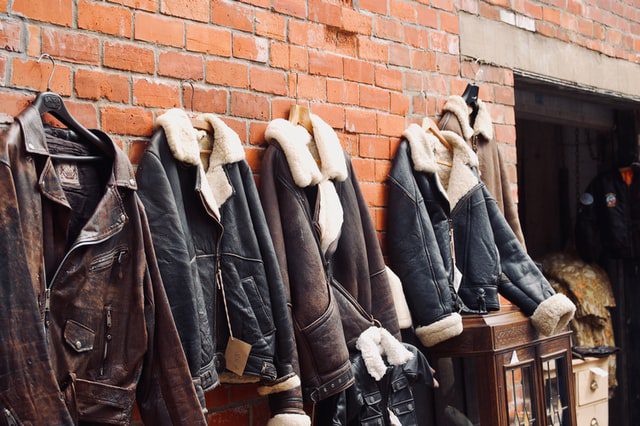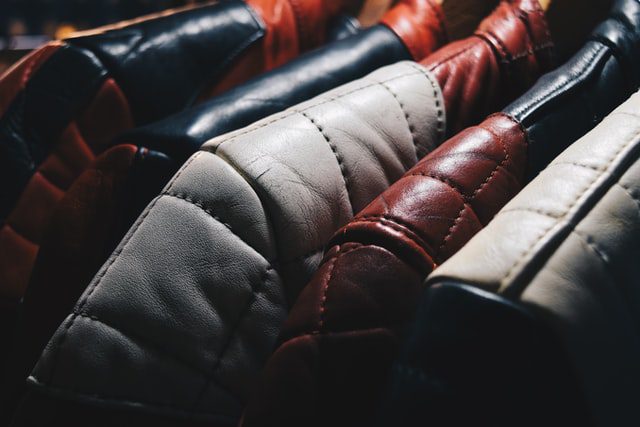Leather is not a new-age material, and in fact, our ancestors have been using it since the dawn of time to protect themselves from the elements. They hunted down animals for food and then made clothing with their hides, keeping them warm. Nowadays, animals are reared for dairy and meat, and then their hides are converted to leather goods.
The market is overpopulated with leather goods, but how many are real, and how many imitations? We shouldn’t be the first to jump on the bandwagon of a tag saying genuine leather and believing it blindly.
Did you know that genuine leather is not the top quality of leather! Full-grain leather is top-quality leather. Today, we will learn how to sniff apart the authentic from the shady counterparts in this blog. Let’s get started!
The Price Tag
The price tag is one of the major giveaways between genuine leather and artificial leather. A real leather jacket will cost 2x to 4x the faux-leather counterpart. If you find it anywhere at a major discounted rate, you can be sure that it is not genuine leather.
The Touch
Leather that authentic always feels warm and smooth to the touch. If you touch the leather and feel plasticky, you know it’s faux. If you have your eyes on an authentic jacket piece, you can easily go to another store and touch and feel the other and notice the difference right away.
Also Read: 4 Best Tips For Styling Leather Jacket This Winter
The Smell
Leather is a skin of an animal, and it is bound to have a smell. It smells rustic and organic, and most people love the smell due to its unique fragrance that is almost addictive.
However, the leather smell cannot be replicated, so faux feather smells like chemicals, and once you smell real leather, you can almost distinguish between the real deal and the faux with your closed eyes and primal nose instinct on.
Water Test
The water test is something you can do to test the authenticity of the leather jacket. You see, leather has pores, and so it can absorb moisture. Dark blobs are visible where moisture is present in leather till water evaporates. Just apply 1-2 drops and watch; if it absorbs, it’s a winner, and if it doesn’t, it’s synthetic.
Also Read: Here’s How to Style Leather Jacket with Everyday Wear
Check texture
Genuine leather has a distinct texture and pattern, and you won’t find uniformity in it; instead, you’ll find multiple variants in a single piece.
Because it is a natural product, it has a zeal and edge to give that instinct of raw appeal; punk leather jackets look distressed and grainy and look very fantastic. This is unlikely to be true for faux leather because a machine can only accomplish so much.
Weight Test
Another popular test is to check the weight as real leather is a hide, has significant weight to it, and is heavier than synthetic leather.
If you are a first-time buyer, don’t expect to know everything about leather from the get-go; rather, learn and compare in stores or go to several stores to have a generalized idea about it.
Check Edges
Anything natural has some hoarseness, which runs true for leather goods too. Faux leather is smooth, and once you are well versed with the terms, you can touch a jacket and know which is real and which is fake.
Some manufacturers aim to make real leather goods as smooth as possible, but you can still make out the natural edges.
Fire Test
This is another test but does not try this in stores! Use this only at home on jackets or goods you already have and want to test the authenticity for.
Pick the edge of the leather and light a fire near it, and if you notice a burning plastic smell, its a faux leather and, if not, then natural.
This test is the last resort and is only to be done if you cannot make out genuine faux with the other methods above.
Conclusion
We hope now you can identify a real leather jacket from a fake leather one. Real leather is an investment but well worth the price for sure!





